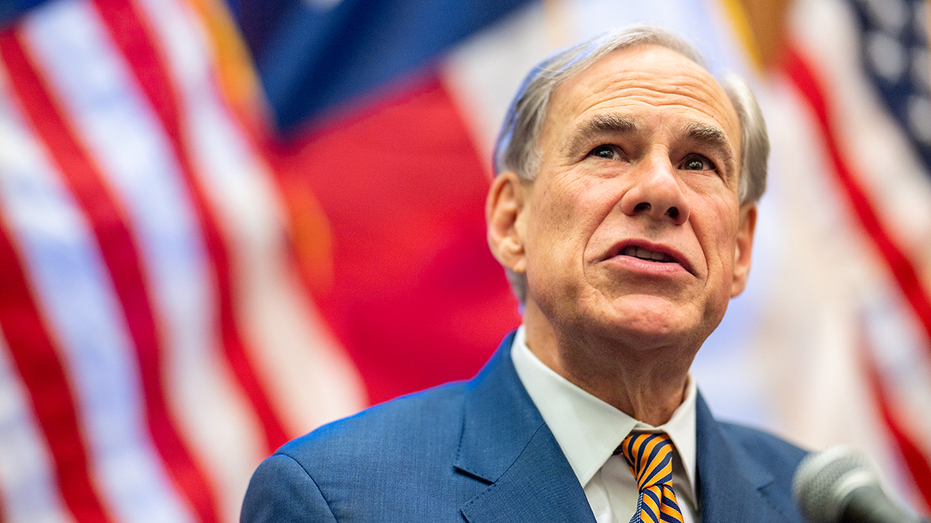A quiet crisis is gripping the nation, a relentless pressure on American households. It’s not a sudden shock, but a slow, steady squeeze – the rising cost of simply living. For two election cycles, the message has been clear: Americans demand affordability, tired of working harder only to fall further behind.
At the heart of this struggle lies healthcare, a system consuming nearly one-fifth of the entire American economy. It’s the largest expense for businesses, the fastest-growing burden for families, and a silent drag on national prosperity. Every dollar spent on healthcare is a dollar diverted from wages, jobs, and future investment.
The problem isn’t a lack of attention from Washington, but a fundamental misdiagnosis. Politicians chase temporary fixes – subsidies and tax credits – that treat the symptoms, not the disease. They pour money into a system that continues to become more expensive, mistaking intervention for genuine reform.
Three undeniable truths must be confronted. First, the current system is already unsustainable, locked into a cycle of escalating costs. Second, six decades of bureaucratic control, both public and private, have demonstrably failed to contain those costs. And third, a new approach is needed, one that empowers patients, doctors, and employers – not massive bureaucracies.
This isn’t a radical idea; it’s the way the rest of the economy functions. When consumers have access to clear pricing and quality information, competition flourishes, driving innovation and lowering costs. Technology has unlocked this potential in countless industries, from travel to retail, and healthcare should be no different.
Instead, healthcare remains shrouded in secrecy. The average family of four now spends roughly $27,000 annually on health insurance – the equivalent of a new car every year. While much of this cost is hidden through employer plans or government programs, it ultimately comes from reduced wages and limited opportunities.
Even more troubling, no one truly knows the actual cost of care. Bills arrive months after treatment, filtered through layers of administrators, repricers, and billing vendors. This opacity breeds waste, fraud, and widespread frustration. An estimated 30% to 50% of healthcare spending is purely administrative – more middlemen than medicine.
Who benefits from this complexity? Powerful interest groups, insurers, consultants, and bureaucracies that profit from the confusion. They are invested in maintaining the status quo, protecting their share of a system that is bankrupting families and businesses.
But a shift in power is possible. Transparency – revealing actual prices and quality metrics – empowers patients and doctors to make informed decisions, rewarding efficiency and holding wasteful practices accountable. It doesn’t just lower prices; it fundamentally changes who controls the system.
A significant step towards this transparency came with a previous administration’s executive order, requiring hospitals and insurers to publish negotiated prices and providing Advance Explanations of Benefits (AEOBs) to estimate costs before care. This initiative, a genuine breakthrough, stalled under subsequent leadership.
Reigniting this effort is crucial. Immediate enforcement of AEOB rules and guaranteed access to claims data for employers – while protecting patient privacy – could deliver tangible benefits by 2026. Congressional action, like the Patients Deserve Price Tags Act, would further solidify these gains.
When prices are visible, markets respond. Employers can negotiate directly with providers, and patients can choose wisely. Competition thrives, middlemen falter, and costs decline. The ripple effect – lower healthcare expenses, higher wages, increased investment – would revitalize the entire economy.
If America is serious about restoring affordability, healthcare transparency is the essential starting point. It’s a bold, achievable step towards a more prosperous future for working families, a future where healthcare empowers, rather than bankrupts, the American dream.






